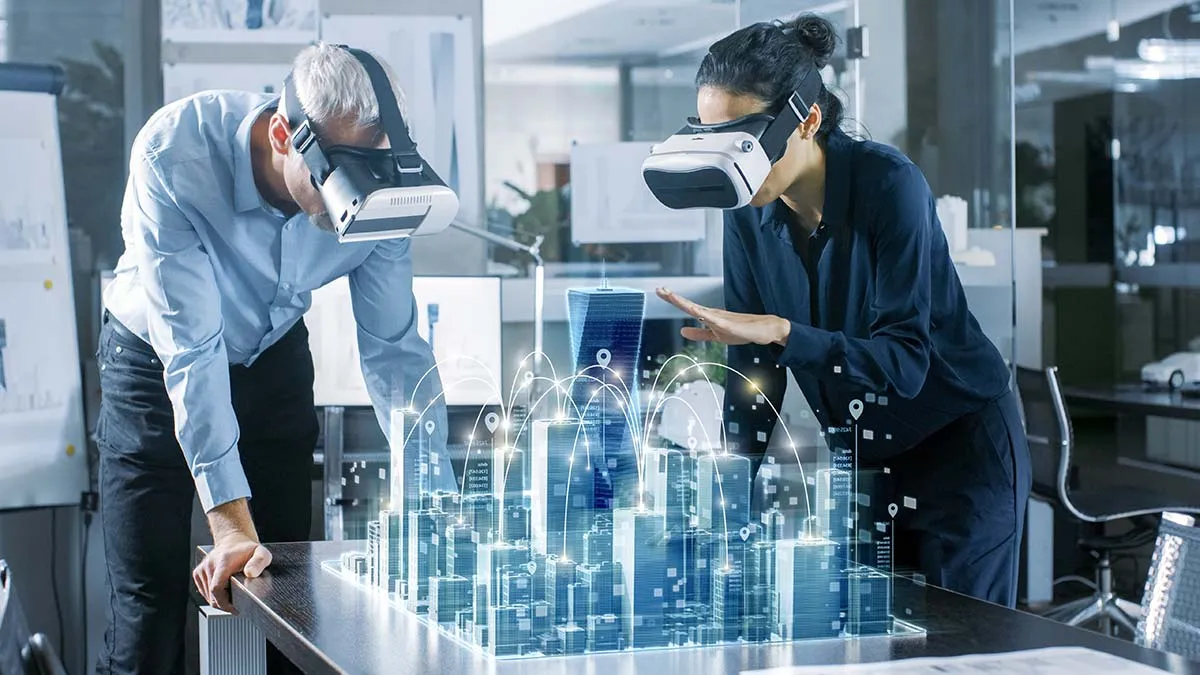Incorporating Virtual Reality (VR) in Architectural Visualization: An exploration of how architects can leverage virtual reality technology to provide immersive experiences of their designs for clients and stakeholders.
In the realm of architectural visualization, innovation knows no bounds. One such groundbreaking technology that has revolutionized the way architects present their designs is Virtual Reality (VR). In this comprehensive guide, we delve into the world of VR and its seamless integration into architectural visualization. From enhancing client engagement to providing immersive walkthroughs, discover how architects can harness the power of VR to bring their designs to life.
Unveiling the Potential of Virtual Reality in Architecture
The Rise of Virtual Reality in Architectural Visualization
Virtual Reality has emerged as a game-changer in architectural visualization, offering an unparalleled immersive experience that transcends traditional 2D renderings.
Immersive Walkthroughs and Design Exploration
VR allows clients and stakeholders to virtually step into a design, exploring spaces, materials, and ambiance as if they were physically present. This immersive approach enhances understanding and engagement.

The Integration Process: From Blueprint to Virtual Realm
Creating VR-Ready Models
Architects can leverage Building Information Modeling (BIM) software to create detailed 3D models that serve as the foundation for VR experiences.
Enhancing Interactivity
VR experiences can be enriched with interactive elements such as changing lighting conditions, material textures, and even altering furniture placements.
Benefits Beyond Visualization
Effective Communication
VR bridges the gap between architects and clients, enabling clearer communication and alignment of expectations.
Real-Time Design Evaluation
Architects can use VR to assess designs in real-time, identifying potential design flaws and making informed decisions.
Overcoming Challenges and Considerations
Hardware and Accessibility
While VR offers remarkable experiences, architects must consider the accessibility of VR hardware for clients and stakeholders.
VR in Different Project Phases
Architects must determine when in the design process VR experiences will be most impactful, whether during initial concept development or final design stages.
The Future of Architectural Visualization with VR
Evolving Architect-Client Dynamics
VR is reshaping the architect-client relationship by providing clients with an active role in design exploration.
Design Validation and Collaboration
Architects can collaborate with clients and stakeholders in real-time within the virtual environment, fostering iterative design discussions.
FAQs: Incorporating Virtual Reality (VR) in Architectural Visualization
In Conclusion
The integration of Virtual Reality into architectural visualization has unlocked a new dimension of design communication and understanding. Architects can now offer clients and stakeholders immersive journeys through their creations, fostering deeper connections and informed decision-making. As the architectural landscape continues to evolve, VR stands as a bridge that unites visionary designs with tangible experiences, ushering in a future where architectural visualization transcends the boundaries of imagination and becomes a shared reality.

